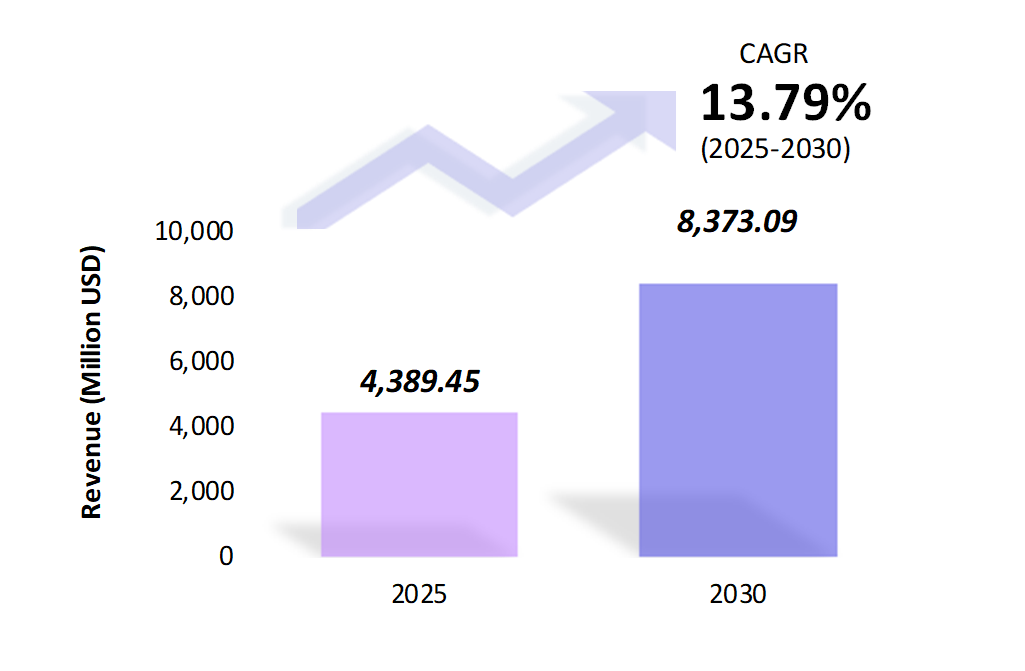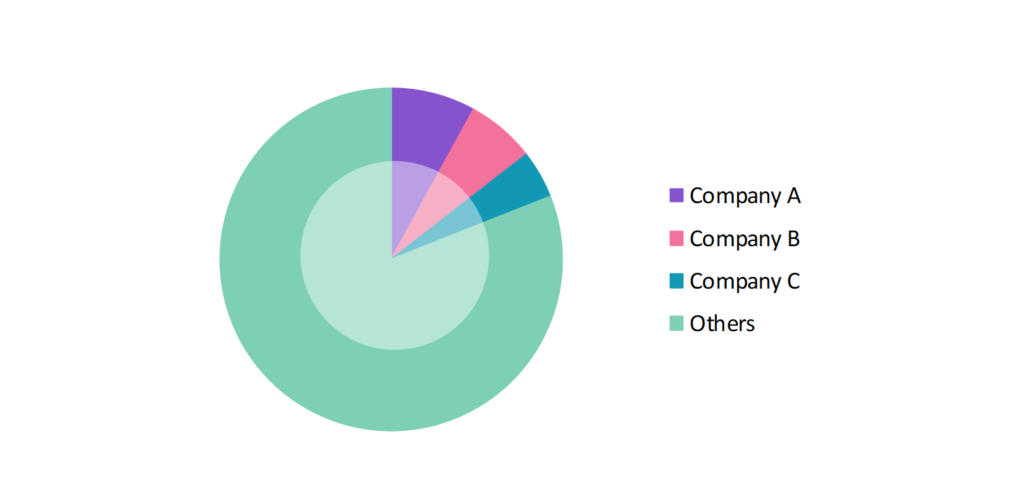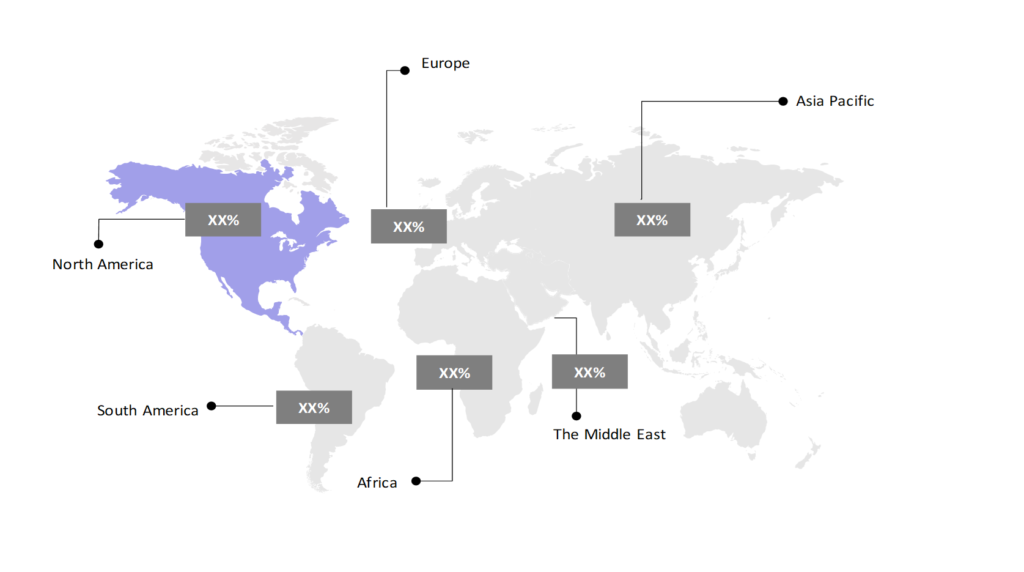Micro-Inverter Market Insights: Size, Share, Growth Analysis & Forecast (2024-2029)
The market report provided a comprehensive analysis segmented by Type (Single Phase, Three Phase); by Connectivity Technology (Wired, Wireless); by Application (Residential, Commercial, PV Power Plant); by Geography (North America, South America, Asia Pacific, Europe, The Middle East, Africa).
Outlook

- The micro-inverter market is estimated to be at USD 4,389.45 Mn in 2025 and is anticipated to reach USD 8,373.09 Mn in 2030.
- The micro-inverter market is registering a CAGR of 13.79% during the forecast period 2025-2030.
- The global micro-inverters market growth is driven by the global shift towards renewable energy, especially solar power. Their ability to maximize energy output from solar panels is driving their adoption in residential and commercial installations.
Request a free sample.
Ecosystem

- The participants in the global micro-inverter industry are dominating the market through innovation, partnerships, and expanded manufacturing capabilities.
- These companies are primarily investing in R&D to improve their efficiency, durability, and compatibility of micro-inverters with other solar components, along with mergers and acquisitions to enhance their product portfolios and market reach.
- Several important entities in the micro-inverter market include Enphase Energy, Inc.; Altenergy Power System Inc.; ENF Ltd.; SunRover Power Co., Ltd.; Sparq Systems; and others.
Ask for customization.
Findings
| Attributes | Values |
|---|---|
| Historical Period | 2019-2023 |
| Base Year | 2024 |
| Forecast Period | 2025-2030 |
| Market Size (2025) | USD 4,389.45 Mn |
| Market Size (2030) | USD 8,373.09 Mn |
| Growth Rate | 13.79% CAGR from 2025 to 2030 |
| Key Segments | Type (Single Phase, Three Phase); Connectivity (Wired, Wireless); Application (Residential, Commercial, PV Power Plant); Geography (North America, South America, Asia Pacific, Europe, The Middle East, Africa) |
| Key Vendors | Enphase Energy, Inc.; Altenergy Power System Inc.; ENF Ltd.; SunRover Power Co., Ltd.; Sparq Systems |
| Key Countries | The US; Canada; Mexico; Brazil; Argentina; Colombia; China; India; Japan; The UK; Germany; Italy; Turkey; UAE; Saudi Arabia; Egypt; South Africa |
| Largest Market | North America |
Get a free quote.
Trends
- Focus on Energy Storage Systems Compatibility: Micro-inverters are increasingly being designed to integrate with energy storage systems, allowing users to store excess energy for later use, further improving energy efficiency. In 2022, Tesla and Enphase collaborated on creating a seamless solution that combined micro-inverters and energy storage for residential users.
- Advancement in High-Efficiency Solar Panels: The continuous innovation in high-efficiency solar panels is supporting the demand for micro-inverters, which are capable of handling the increased output and optimizing panel performance. In 2022, SunPower introduced high-efficiency solar panels with integrated micro-inverters, resulting in 15% more energy production compared to traditional setups.
- Modular Solar System Design: The trend toward modular solar installations is gaining traction, as micro-inverters allow users to expand their solar systems incrementally. Homeowners can start small and add more panels later, which caters to changing energy needs without a focus on immediate financial returns.
Speak to analyst.
Catalysts
- Government Subsidies and Incentives for Solar Energy: Several governments are providing incentives and subsidies to promote solar energy adoption, which is increasing the demand for micro-inverters as they become a vital component of solar installations. In 2022, the U.S. government extended tax credits for residential solar installations, leading to a surge in micro-inverter sales by companies like Enphase Energy.
- Demand for Decentralized Energy Systems: The global shift towards decentralized energy systems, where energy is generated close to where it is used, is driving micro-inverter demand. Their ability to work independently with each panel makes them suitable for decentralized solar setups.
- Growing Awareness of Safety Benefits: Micro-inverters are preferred for their safety benefits compared to string inverters, as they convert DC to AC power at the panel level, reducing the risk of high-voltage accidents. In 2022, safety standards in the solar industry were updated to promote the use of micro-inverters, further boosting their market adoption.
Inquire before buying.
Restraints
- High Initial Costs Compared to String Inverters: Micro-inverters are more expensive upfront than traditional string inverters, which can deter price-sensitive consumers from adopting them. While the long-term benefits are clear, the higher cost remains a challenge. In 2023, the Solar Energy Industries Association (SEIA) reported that the cost of micro-inverters was 20% higher than that of string inverters, limiting their use in large-scale projects.
- Vulnerability to Harsh Environmental Conditions: Micro-inverters, which are installed directly on solar panels, are more exposed to environmental conditions such as extreme heat, cold, and moisture. This increases the risk of performance degradation over time, leading to higher maintenance costs.
- Integration Issues with Older Solar Systems: For homeowners or businesses with older solar systems, upgrading to micro-inverters can be a challenge due to compatibility issues. These older systems often require retrofitting, which can increase the complexity and cost of the installation.
Personalize this research.
Hotspot

Explore purchase options.
Table of Contents
| 1. Introduction 1.1. Research Methodology 1.2. Scope of the Study 2. Market Overview / Executive Summary 2.1. Global Micro-Inverter Market (2019 – 2023) 2.2. Global Micro-Inverter Market (2024 – 2030) 3. Market Segmentation 3.1. Global Micro-Inverter Market by Type 3.1.1. Single Phase 3.1.2. Three Phase 3.2. Global Micro-Inverter Market by Connectivity 3.2.1. Wired 3.2.2. Wireless 3.3. Global Micro-Inverter Market by Application 3.3.1. Residential 3.3.2. Commercial 3.3.3. PV Power Plant 4. Regional Segmentation 4.1. North America 4.1.1. The US 4.1.2. Canada 4.1.3. Mexico 4.2. South America 4.2.1. Brazil 4.2.2. Argentina 4.2.3. Colombia 4.2.4. Rest of South America 4.3. Asia Pacific 4.3.1. China 4.3.2. India 4.3.3. Japan 4.3.4. Rest of Asia Pacific 4.4. Europe 4.4.1. The UK 4.4.2. Germany 4.4.3. Italy 4.4.4. Rest of Europe 4.5. The Middle East 4.5.1. Turkey 4.5.2. UAE 4.5.3. Saudi Arabia 4.5.4. Rest of the Middle East 4.6. Africa 4.6.1. Egypt 4.6.2. South Africa 4.6.3. Rest of Africa 5. Value Chain Analysis of the Global Micro-Inverter Market 6. Porter Five Forces Analysis 6.1. Threats of New Entrants 6.2. Threats of Substitutes 6.3. Bargaining Power of Buyers 6.4. Bargaining Power of Suppliers 6.5. Competition in the Industry 7. Trends, Drivers and Challenges Analysis 7.1. Market Trends 7.1.1. Market Trend 1 7.1.2. Market Trend 2 7.1.3. Market Trend 3 7.2. Market Drivers 7.2.1. Market Driver 1 7.2.2. Market Driver 2 7.2.3. Market Driver 3 7.3. Market Challenges 7.3.1. Market Challenge 1 7.3.2. Market Challenge 2 7.3.3. Market Challenge 3 8. Opportunities Analysis 8.1. Market Opportunity 1 8.2. Market Opportunity 2 8.3. Market Opportunity 3 9. Competitive Landscape 9.1. Enphase Energy, Inc. 9.2. Altenergy Power System Inc. 9.3. ENF Ltd. 9.4. SunRover Power Co., Ltd. 9.5. Sparq Systems 9.6. Company 6 9.7. Company 7 9.8. Company 8 9.9. Company 9 9.10. Company 10 |
Know the research methodology.
Micro-Inverter Market – FAQs
1. What is the current size of the micro-inverter market?
Ans. In 2025, the micro-inverter market size is USD 4,389.45 Mn.
2. Who are the major vendors in the micro-inverter market?
Ans. The major vendors in the micro-inverter market are Enphase Energy, Inc.; Altenergy Power System Inc.; ENF Ltd.; SunRover Power Co., Ltd.; Sparq Systems.
3. Which segments are covered under the micro-inverter market segments analysis?
Ans. The micro-inverter market report offers in-depth insights into Type, Connectivity, Application, and Geography.
